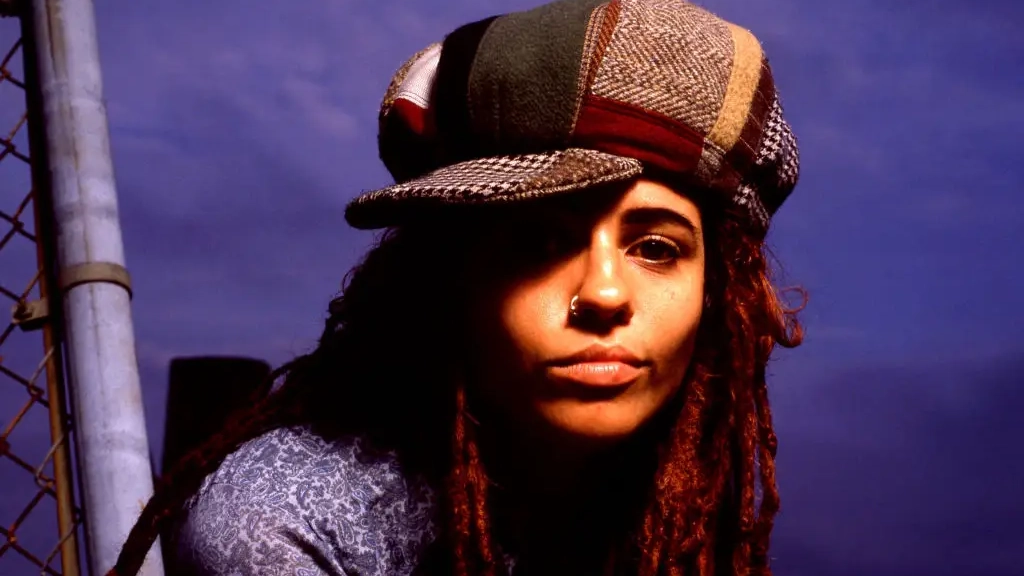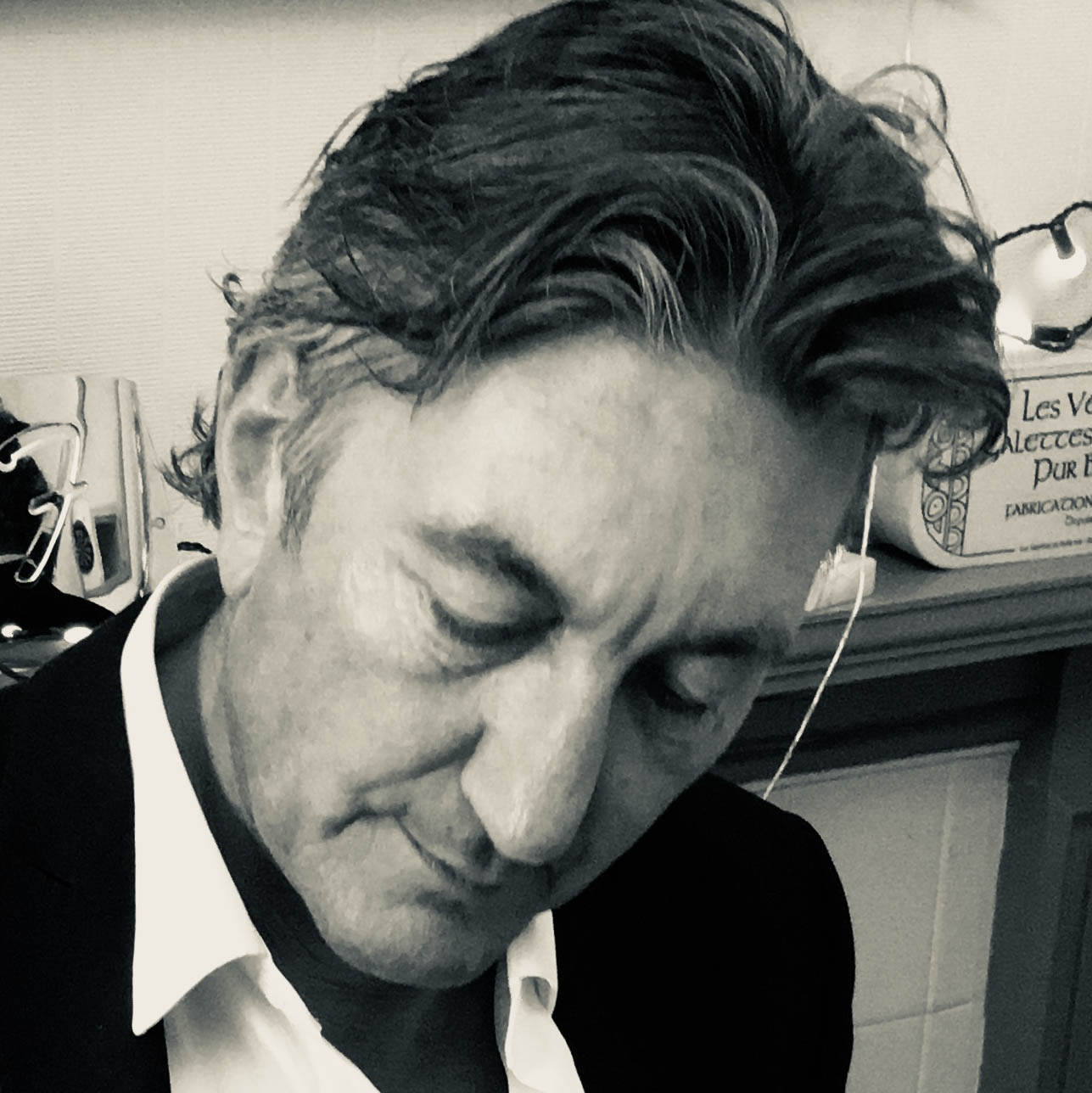“I went to the label and said, ‘This song sucks. This is not the song I wrote.’ They said it sounded fine. I did not agree”: When a songwriter went to war with her producer and record company over the track that became a ’90s anthem
An idiosyncratic and insanely catchy rock-pop classic

There is an innate understanding among songwriters that it pays to be extremely wary of any idea that springs too easily to mind. The main concern is that the idea may already exist – that your subconscious has inadvertently summoned up something you have already heard.
That was allegedly the thought crossing the mind of singer-songwriter Linda Perry back in 1992 when she sat down and wrote What’s Up? – an anthemic, cathartic and insanely catchy rock-pop classic.
But Perry needn’t have worried. For all its easy, laidback summer vibe, What’s Up? is a defiant and wholly idiosyncratic track.
Linda Perry would go on to become a hugely successful producer and songwriter, working with artists such as Alicia Keys, Adele, Dolly Parton, Gwen Stefani, P!nk and Christina Aguilera.
But for Perry, What’s Up? was where it all began.
The song was released on 11 March 1993 as the second single by Perry’s band 4 Non Blondes. It became a monster hit, topping the charts in 11 European countries, reaching No.2 in the UK and Australia and No.14 in the Billboard Hot 100.
Over three decades on from its conception, it remains a quintessential ’90s classic.
Want all the hottest music and gear news, reviews, deals, features and more, direct to your inbox? Sign up here.
Linda Perry was born in Springfield, Massachusetts and displayed a keen interest in music from an early age. The family later relocated to San Diego, where Perry spent her teenage years, before she moved to San Francisco in 1986 at the age of 21.
It was here, two years later, that she met bassist Christa Hillhouse and guitarist Shaunna Hall, who along with drummer Wanda Day were playing as a trio and looking for a singer. Hillhouse and Hall saw Perry performing solo and asked her to join the band that became 4 Non Blondes.
They built up a significant following, particularly among San Francisco’s lesbian community. Perry was an out lesbian and would go on to perform with the words ‘dyke’ and ‘choice’ taped to the front of her guitar when she performed at the 1993 Billboard Music Awards and Late Night With David Letterman.
In a 2014 interview with US broadcasting legend Larry King, Perry said that the producers of Letterman’s show asked her to remove the words from her guitar.
“I knew it would make people feel uncomfortable,” Perry told Kate Hutchinson of The Guardian in June 2022. “I believe in being queer and I believe in us having choice because at that time – another time, in the ’90s – we were fighting for abortion rights. So that was my statement: dyke and choice.”
And as Perry went on to say in The Guardian interview: “I don’t give a fuck what people think.”
In July 1991, 4 Non Blondes were signed to the Interscope label.
“We did really well in San Francisco,” Christa Hillhouse told Songfacts. “We got a lot of press and we were selling out all our shows. With the labels, once one of them looks at you, they all jump in line…
“We had a shot with a couple of other labels, but we kind of freaked them out because we were kind of weird… When we got signed, they knew What's Up? sounded like a hit.”
Linda Perry wrote What’s Up? in a small windowless room, ad-libbing the lyrics in about 30 minutes instead of writing them down.
“Linda had quit her job and she was living with me in this little two-bedroom flat in San Francisco,” Hillhouse told Songfacts. “She wrote the song when she was in a room down the hall. I was in my bedroom having sex, and I stopped because I heard her playing that song.
“I remember running down the hall and saying, 'Dude, what are you playing? I like that!’ I remember being struck by it. She kept looking at me, going, ‘Does this sound like something? Am I plagiarising someone?’ I said, ‘Finish the song, it's beautiful.’”
The song was soon a firm favourite in the 4 Non Blondes’ setlist. “It caught on at our shows right away. People really liked it,” recalled Hillhouse.
Lyrically, there’s an honesty and humanity to the track. As described in a feature on the music and culture website God Is In The TV: “It is an outwardly political female emancipation song, from a band led by an overtly LGBT writer”.
Interestingly, the title does not actually appear anywhere in the song. Instead, Perry sings the chorus refrain “What’s going on?”, which references the 1971 Marvin Gaye classic song of the same name.
What’s Up? was reportedly influenced by the political climate of the time, as Perry noted in a Backstory Song podcast: “It's like, 'Why does it always seem like either I'm struggling, or there's some fucking political mess happening?’ Why is this all happening in the world?”
There is a blissful simplicity to the track, which boasts just three chords throughout – A-Bm-D.
Perry’s acoustic strumming intros the track, which moves at a stately pace.
15 seconds in, a bluesy, melodic overdriven guitar line kicks in, before Perry’s vocals enter the mix.
“Twenty five years and my life is still/Trying to get up that great big hill of hope/For a destination/I realised quickly when I knew I should/That the world was made up of this brotherhood, of man/For whatever that means”.
Perry’s voice is low, gravelly and intimate on the verse, gliding effortlessly up an octave as it builds towards the chorus. “And I try, oh my god do I try/I try all the time/In this institution/And I pray, oh my god do I pray/I pray every single day/For a revolution.”
At 1:29 Perry and the band lurch into the chorus: “And I said heyeyeyeyey/ Heyeyey/I said ‘Hey, what’s going on’?”
It’s a stunning vocal performance. Perry’s voice exudes real conviction, versatility and feel, spanning beautifully tender falsetto cadences and outright raw, guttural power.
The song was initially recorded at Groove Masters studio during sessions for their first and only album Bigger, Better, Faster, More!, which was produced by David Tickle. But Perry reportedly hated this version.
As Perry recalled to Dawn Landes of Tape Op magazine in June 2021: “I went to the label and said ‘This song sucks. This is not the song I wrote’. They didn't support me. They said it sounded fine. I did not agree.”
At this point, Perry took matters into her own hands, booking a session at another studio and re-recording the song with the band in one day.
“We went to The [Record] Plant in Sausalito. ... The engineer there helped me a lot. I would tell him what I wanted, and if he didn't get it I would move the microphone around. Then I'd go, ‘Yes, that's it. That's the sound.’
“I did that with everything. Then we got the tempo, and we got the recording of it, the base of it, done.
“I re-did my acoustics. I was in the middle of vocals when David Tickle showed up. I’d laid down three vocals. I was annoyed he showed up. We were already done with the frigging song. We comped the vocal and mixed it that night, and it made mastering the next day.
“That is the version that blew up all over the world. I've told the story enough that people know that David Tickle did not produce that song. It was me.”
It took the intervention of legendary producer, entrepreneur and Interscope co-founder Jimmy Iovine to ensure Perry’s mix of the song was the one used. “Jimmy Iovine liked the demo better,” Christa Hillhouse told Songfacts. “It was a cassette. He and Linda met, and then Linda came and said, ‘We're going to re-record it.’ I was like, 'Good,' because it got a little too foofed up in major production land – it softened it up and took something out of it. We went to Sausalito and recorded it separately in one day, raw, because Jimmy Iovine knew the demo version was better than the one we did with the producer and all the fancy equipment.”
There’s a raw intensity to Perry and the band’s performance that day – proof if it were ever needed that capturing a single great performance will always eclipse any amount of post-production studio gimmickry.
What’s Up was released on 11 March 1993 and was widely hailed by critics. Tom Demalon of AllMusic described the song as a “massive neo-hippie anthem” and Steven Wells of NME was equally effusive. "This has a nine-foot tall titanium hook...” he wrote, before concluding “... Damn, but this is good.”
But not all the responses were positive. The song was played so frequently and was so irresistibly catchy that it started to provoke the opposite reaction. As Christa Hillhouse acknowledged to Songfacts: “They played that song to death and a lot of people are really sick of it.”
Among those who reportedly disliked the song was The Libertines’ Carl Barât, who told The Independent in 2006 that it was the worst song he had ever heard.
Dean Ween too waded in with criticism “It's as bad as music gets,” he told The AV Club in June 2013. “Everything about the song is so awful that if I sat down and tried to write the worst song ever, I couldn't even make it 10 per cent of the reality of how awful that song is.”
Despite such criticism, What’s Up? has endured and continues to garner praise. In 2024, Forbes magazine ranked What's Up? No.47 in its list of ‘The 50 Best Songs of the 1990s’, with writer Hugh McIntyre noting that “the song's unforgettable chorus has made it a staple for sing-alongs and karaoke nights everywhere”.
In 2025, What’s Up? was used in an episode of the TV series The Handmaid’s Tale, in which a group of women forced into sexual slavery under a Christian dictatorship sing the lines: “I pray/Oh my God do I pray /I pray every single day/For revolution”.
Over three decades on from its release, Christa Hillhouse still recalls the excitement of performing What’s Up? for the first time.
“I knew right when we played it, the song made the whole room feel this thing,” Hillhouse told Songfacts. “It’s a connection to humanity. Certain simple songs, that’s what they do. There’s an honesty there that breaks through that people can relate to.”

Neil Crossley is a freelance writer and editor whose work has appeared in publications such as The Guardian, The Times, The Independent and the FT. Neil is also a singer-songwriter, fronts the band Furlined and was a member of International Blue, a ‘pop croon collaboration’ produced by Tony Visconti.
You must confirm your public display name before commenting
Please logout and then login again, you will then be prompted to enter your display name.


